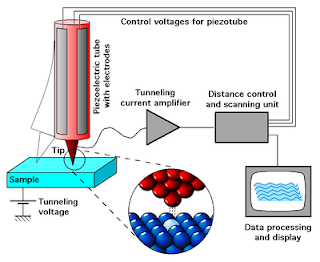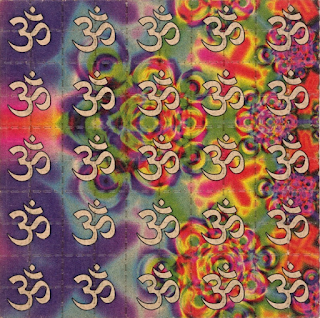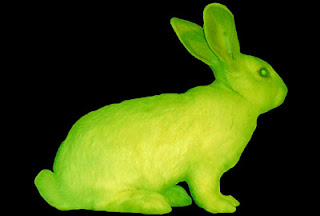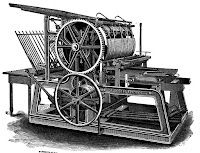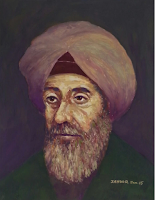WEEK 9 SPACE AND ART
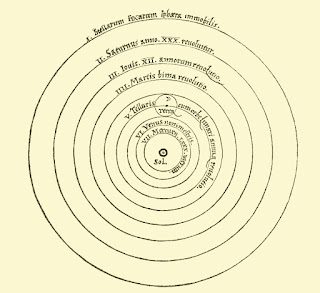
SPACE AND ART When our distant relatives first started walking on two feet, their eyes were no longer focused on the ground but instead fixated up into the heavens. From this point on, we have always been fascinated with the heavens. Thousands of years of this fascination has led to many generations of scientists working together to explore and understand the cosmos. The Copernican Heliocentric model. The first published model to place the Sun in the center of the solar system instead of the earth. Nicolaus Copernicus was the first human to scientifically introduce the heliocentric model of our solar system in 1512. This was an incredible change in human thinking, and directly contradicted the teaching of Latin Christendom. The Catholic church had always stuck to their guns about our little island home earth being the center of the universe, but scientists like Copernicus fought to tell people the truth about our infinite cosmos and our little place in the universe.

